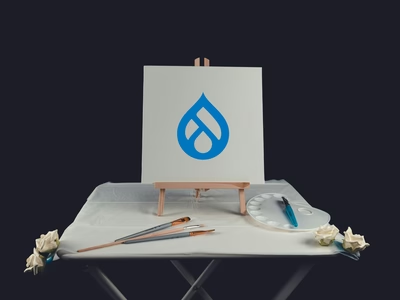
Written by Pri Scarabelli Frontend Developer


Drupal just took a leap. With the new Drupal Canvas experience, you’re no longer buried in forms or switching endlessly between editing and preview modes. Instead, you can drag components into your page, arrange them, and see the result instantly, all while your team collaborates in real time.
For site builders and marketing teams, this means less waiting and more doing. You don’t have to ask a developer to sculpt a layout or preview it two days later. You drop a component, tweak inline, adjust spacing, swap content, and you’re live. It’s simple, visual, and empowering.
For frontend and JavaScript developers, Canvas opens a whole new door. It’s powered by code components, meaning developers can build reusable elements using JSX and CSS directly in the browser, with full access to page data, APIs, and dynamic behaviour. Under the hood, it runs on Preact, so anyone familiar with React will feel right at home. It’s a smooth bridge between Drupal and the modern frontend world.
Canvas also works beautifully with Single Directory Components (SDC), so your existing components in Drupal Core or your theme can appear right in the Canvas interface. This lets teams build pages visually using existing components, combining the ease of a no-code editing experience with the structure and consistency of Drupal’s component system.
And yes, there’s even an AI Assistant built in. It can help you generate content, suggest layouts, or even refine your copy as you build. It’s like having a creative partner sitting right inside Drupal, helping you move faster without losing quality.
Of course, when you give everyone the power to create, you still need some structure. Design systems, content rules, and accessibility standards keep creativity from slipping into chaos. With good guardrails, Canvas can make collaboration between developers, designers, and marketers smoother than ever.
When done right, this isn’t just a new feature. It’s a turning point. Drupal keeps its enterprise-level strength, but now it feels approachable, modern, and fun to use.
Canvas is currently in beta (version 1.0.0 beta2), so it’s still evolving and not quite ready for all production websites yet. But it already offers an exciting glimpse of where Drupal is heading, towards a more visual, collaborative, and human way to build for the web. We’ll be keeping a close eye on its progress and are excited to see how it continues to evolve.
Looking to modernise your Drupal experience?
Our team can help you get there.

